
(All photos by Caspian Productions)
The Caspian Horse is thought to be one of the oldest horse breeds in the world, dating as far back as 3400 B.C.E. as remains of a horse were found in a cemetery at an archeological site in Northern Iran. The horse was described as ‘having a light frame, thin bones, short, fine head with a pronounced forehead, large eyes, short ears, and small muzzle.’ However, despite the fact that these little horses were prized among Kings and used even for lion hunts, there is no mention of them after 700 AD. Until 1965, it was believed that they were extinct.
In 1965, Louise Firouz – an American horse breeder searching for ponies for children to ride – came across a small bay stallion with ‘the body of a well-bred oriental horse’. She was determined to find out more about this breed and so started researching and looking for other similar horses in order to start breeding them. She named them Caspian horses after the region in Northern Iran and started the Iranian stud book in 1966. In 1973 the stud was sold to the Shah of Iran, who established the Royal Horse Society at the Norouzabad Stud. Caspian Horses are known locally as moulek or pouseki horses which means ‘little muzzle’. They inhabit an area in the north of Iran between the Caspian Sea and the Elburz Mountains.
It has been 50 years since the discovery of this hardy, yet graceful and distinctively petite horse, and Iranian born Director Farokh Khorooshi and renowned equine photographer Colin Barker have just returned from their two year trip around the globe. Their aim was to find and photograph some of the very best Caspian horses alive today and they have used the images in a stunning 50th Anniversary Calendar. Farokh and Colin hope this calendar will help raise enough funds to help set up an international Caspian Stallion Sperm Bank, an initiative designed to help secure the future of this unique Iranian National Treasure.
They will be talking about The Caspian Horse and their project at an event on Wednesday 7th October hosted by the Iran Heritage Foundation, and you can find out more about the project and their travel diaries here. However I decided to get talking to Farokh beforehand to understand a bit more about this incredible project.
I was 11 years old and heard on the radio that what was until then a “mythical horse” had been found. From then on I was hooked. I hoped that one day, I will be able to work with them.
- Courage: The Caspian Horse was used for hunting and as a war horse in ancient times. There are historical carvings depicting this activity.
- Agility: They make the perfect horse for a child and a small adult. They seem to punch well above their weight when it comes to speed and jumping.
- Temperament and intelligence: They are known to be gentle, kind and highly intelligent. They are great at bonding with children.
- Smooth action: They have a natural talent for Driving. We now know that they were bred to pull the King’s chariots some 2500 yard ago. Their smooth action makes them particularly suitable for driving.
I used to ride and do a little jumping a few years ago. I have been too busy with my job as an Animal Action Director recently but now that I have a small farm, I may have a couple of Caspians to drive. I am a amazed to see how good they are at this particular discipline. In fact I saw A Caspian gelding at Addington competing on Saturday. He had only been trained for 9 weeks and he walked off with the third prize. A truly amazing achievement.
The most surprising aspect of the project was discovering the passion people have for this spirited little horse.
My hope for the future is to set up a Caspian Horse Sperm Bank so that samples from the best Stallions alive today can be collected and made available to the best mares worldwide. That is what the calendar sales are about.
You can find out more about the Caspian Horse Project here and book a ticket to the talk hosted by the Iran Heritage Foundation here.
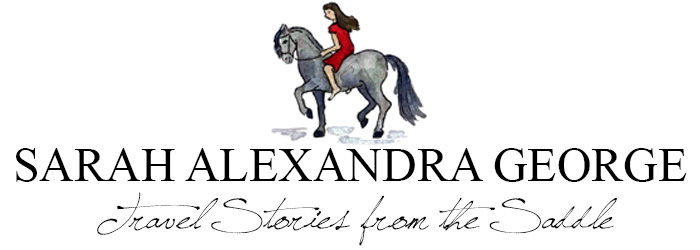





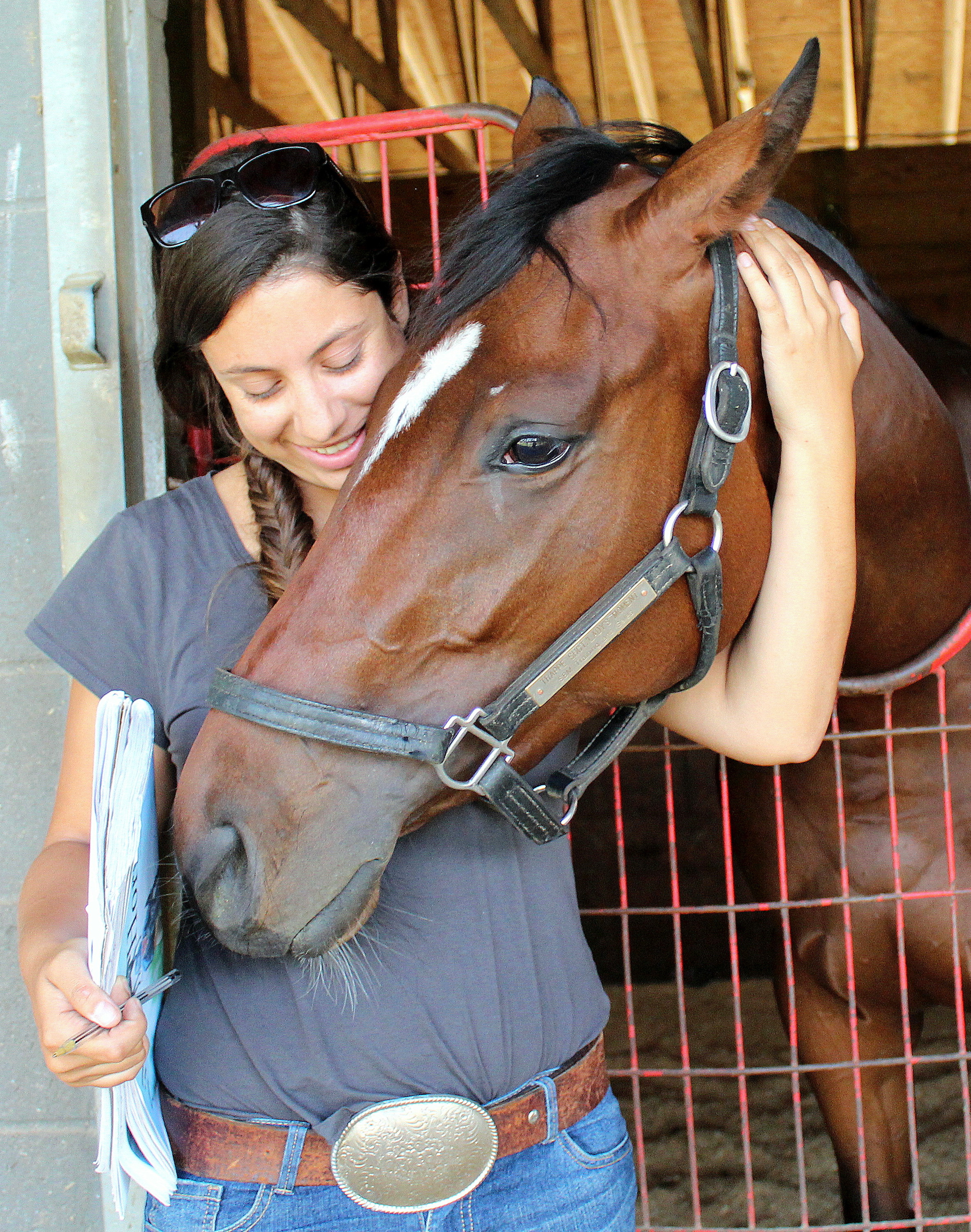

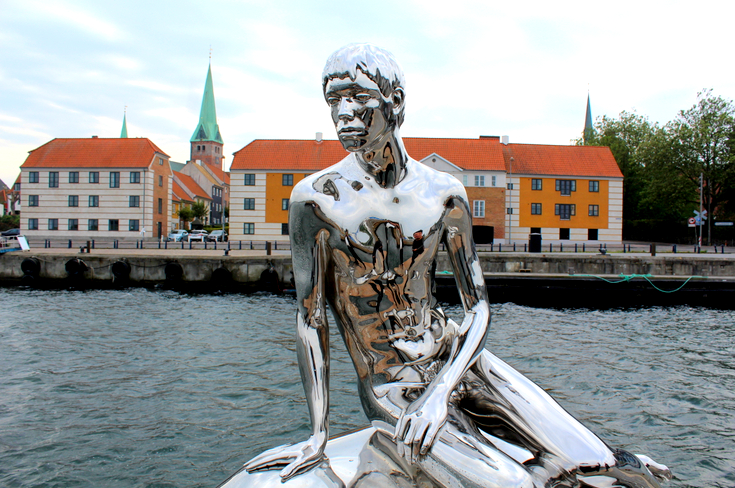
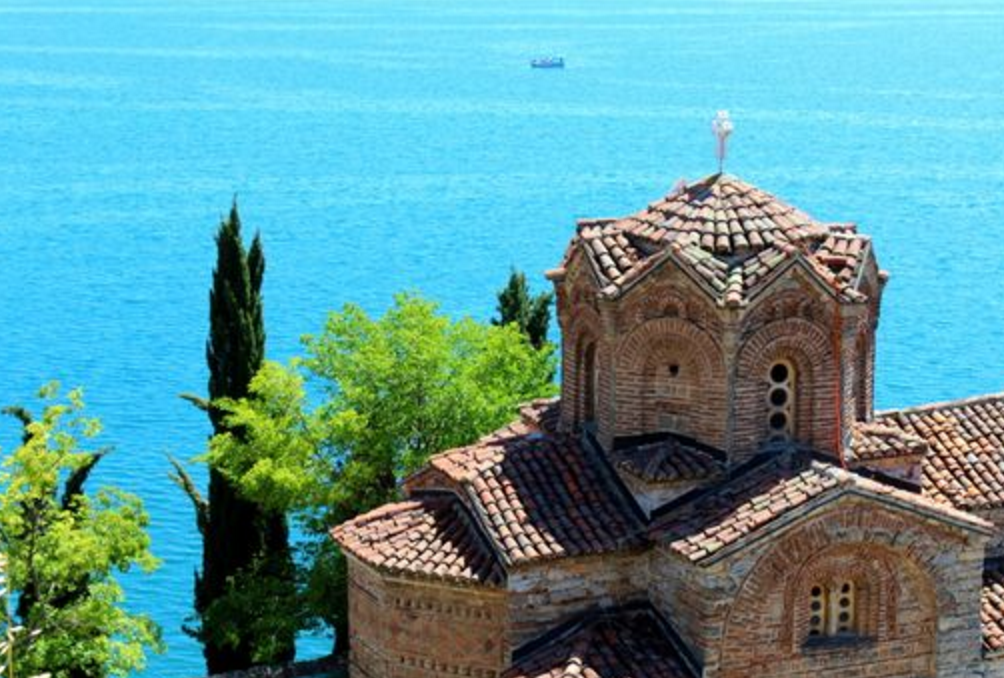
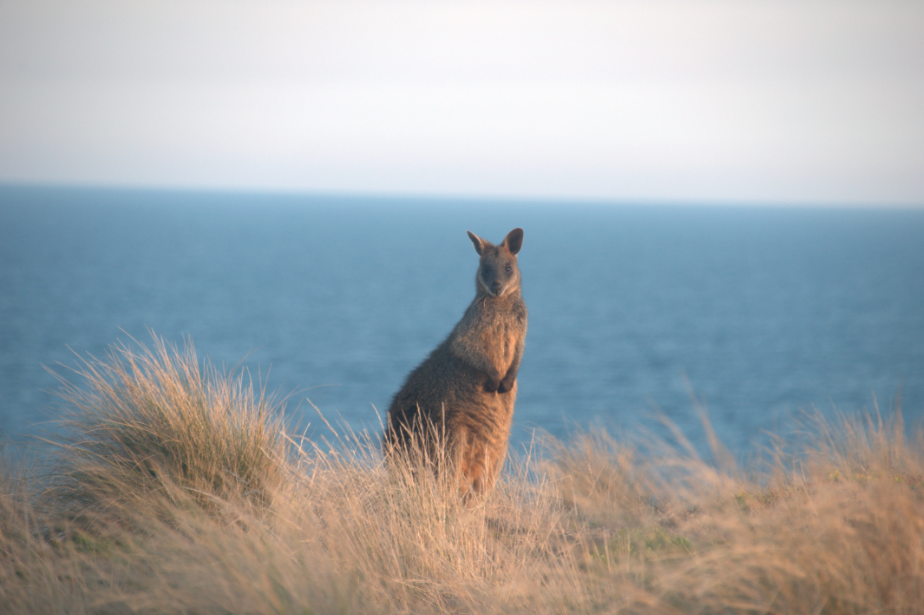

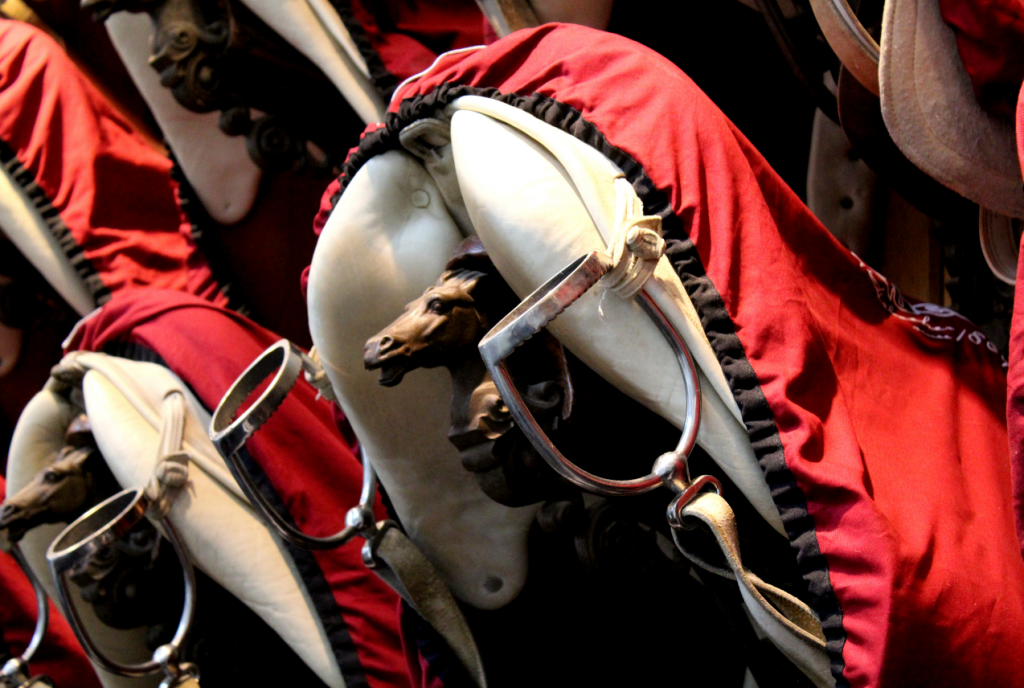

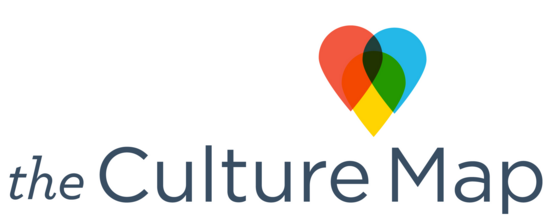
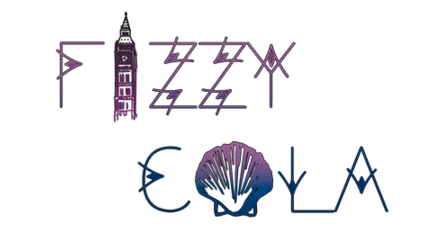
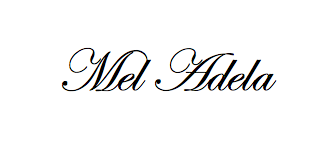

Leave a Reply